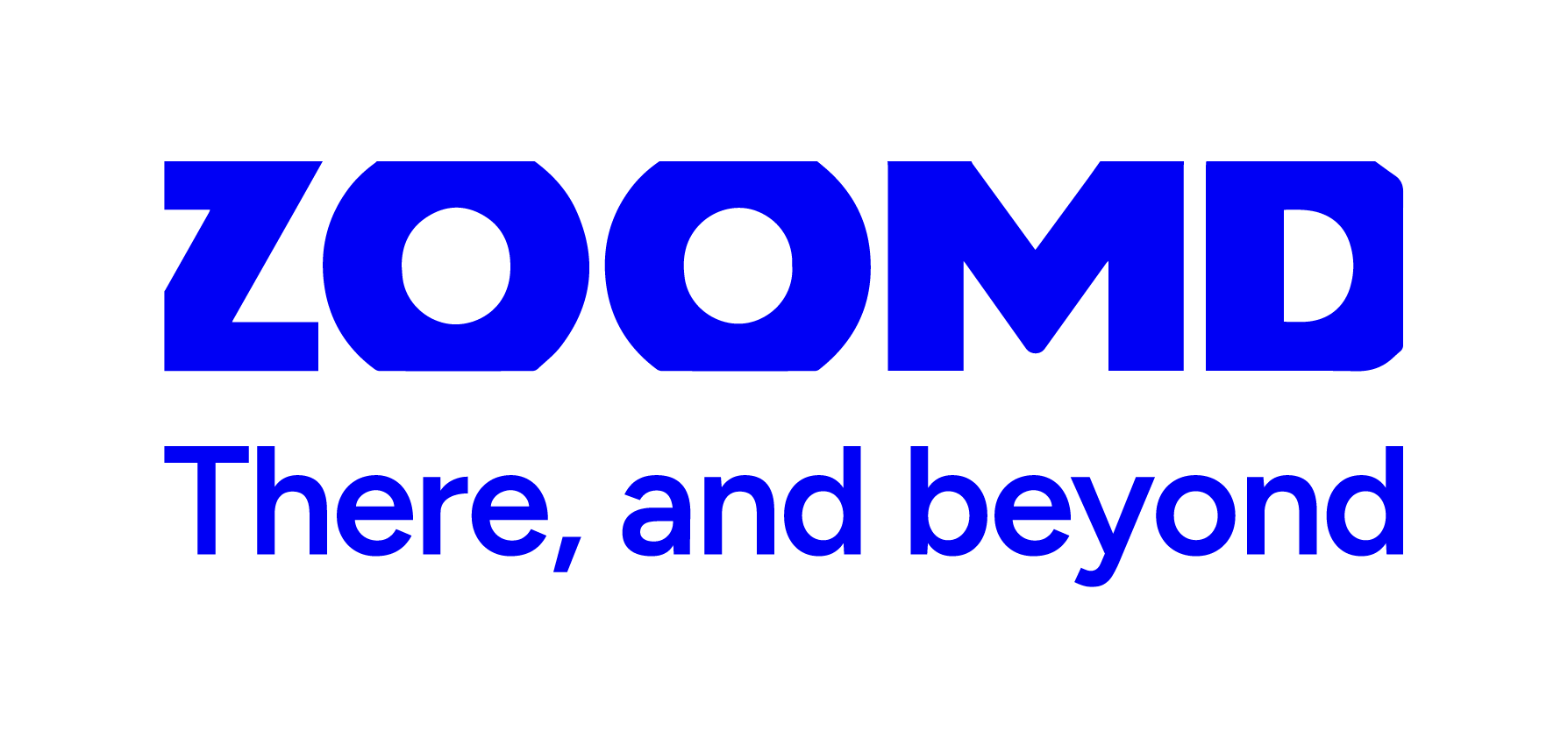At the most recent NewFronts, TV manufacturers Samsung and LG and Fox-owned streaming service Tubi all talked about integrating QR codes into their ad offerings.
The technology, which grew in prominence to provide menus and other information during COVID-19, is making a marketing comeback. Will QR codes really be the tech that finally makes TV into a performance channel?
Except for infomercials with 1-800 numbers, TV has historically been an advertising medium for branding. The addition of a QR code makes the TV commercial actionable and allows marketers to track the success of the intended action. With research from MNTN showing that 83% of Americans use a mobile device while watching TV, QR codes provide a performance marketing opportunity if the calls to action are enticing.
But getting the most out of this technology isn’t as simple as just slapping a scannable code on existing ad creative. Concrete findings on how effective QR codes are at driving ad interactions are now available, and some industry best practices are emerging.
From branding to performance
Despite being a great fit for TV commercials, QR codes originally had nothing to do with advertising.
Quick response codes were invented in Japan in 1994 as a way to track vehicles during manufacturing. Though traditional barcodes are limited to 20-25 characters, QR codes can hold thousands of characters, including numeric, alphanumeric and even binary data, which should be enough to make data-hungry ad tech marketers happy.
From measuring scan times, volumes, specific ads, locations and devices that enable optimizing CTV creative and timing, QR codes provide marketers with actionable campaign data that was previously unavailable for most TV campaigns.
After experiencing a surge in usage during the COVID-19 pandemic, the technology had its big advertising moment during Super Bowl LVI in 2022 when Coinbase aired a CTV ad with a bouncing QR code. The commercial generated 20 million hits on Coinbase’s landing page within a single minute.
While it makes sense that QR codes can inspire digital engagement, JCPenney proved they can also drive in-store engagement when the company ran its “Make it Count” campaign. The initiative featured scannable QR codes across JCPenney’s media placements that unlocked exclusive discounts and offers, encouraging shoppers to visit stores. It used KERV’s technology to drive foot traffic and, ultimately, sales in the company’s stores.
An attribution study conducted by Foursquare found that exposed users drove more than $20 million in revenue and a 2.93% conversion rate. And the campaign performed well on upper-funnel metrics, too, generating a 4.9% brand consideration lift and a 5% increase in purchase intent.
Last year, Mondelez ran a CTV campaign for Nabisco cookies and crackers with Walmart.com using QR codes to drive online sales by adding targeted products to the customer’s shopping cart to attract new customers and streamline the path to purchase.
It featured CTV home screen placements and in-pod ads and used SmartCommerce’s Click2Cart technology to enable viewers to shop directly from the ad. And shop they did: The campaign delivered 10 times higher conversions than the CTV industry benchmarks and generated a 12% increase in new buyers. The success of this campaign highlights the potential for running CTV/QR code campaigns via a retail media network.
Cracking the QR code
Over the last few years, CTV best practices have emerged for using QR codes to enable campaigns to achieve results.
To encourage a viewer to scan a code while watching TV, the QR code must offer a compelling call to action. For example, a significant discount that’s only available for a limited time.
While offering a compelling call to action is critical for the success of a CTV campaign with QR codes, marketers can also succeed with campaigns where consumers want additional information about the product or service being advertised. Automobile manufacturer Kia ran a QR code campaign for the company’s Kia Niro electric vehicle that generated strong results, including a 100% increase in reach and viewability, a 12% rise in ad recall and a 27% increase in completion rates. Research on QR codes found that 48% of viewers said that they were more likely to scan a QR code to learn more about a product being advertised.
If analytics data shows that most scans occur in the first 10 seconds of the commercial’s viewing, marketers should make sure that the QR code call to action appears early. CTV commercials with QR codes should be at least 15 seconds, though longer is better.
Recent QR code technology now lets brands customize codes with their own colors and style, creating a more seamless brand experience.
In 2024, Innovid saw QR code use grow over threefold, CTV impressions rise 18% and engagement nearly triple – showing viewers are increasingly comfortable interacting with QR codes.
Turning CTV into a measurable channel
The addition of QR codes to CTV commercials enables marketers to glean valuable performance data from their CTV campaigns. Sharethrough found that 76% of consumers would scan a QR code in a relevant TV ad, and adding one boosts attention by 12% – making QR codes a smart addition to CTV spots with clear calls to action.
Doing so could give the already hot CTV channel a performance-fueled boost in ad spending.
According to data from eMarketer, in 2024, US adults spent 17.9% of their time watching CTV. But marketers only invested 7.4% of their total media advertising budgets on CTV. This gap stems from CTV’s newness, similar to what slowed early growth in online advertising. But, given that marketers are growing more focused on driving outcomes, this spending gap also might be caused by the perception that CTV isn’t a performance channel.
However, now that marketers have real performance data in hand, the integration of QR codes into TV commercials should help close the gap.
“On TV & Video” is a column exploring opportunities and challenges in advanced TV and video.
Follow Zoomd and AdExchanger on LinkedIn.
















